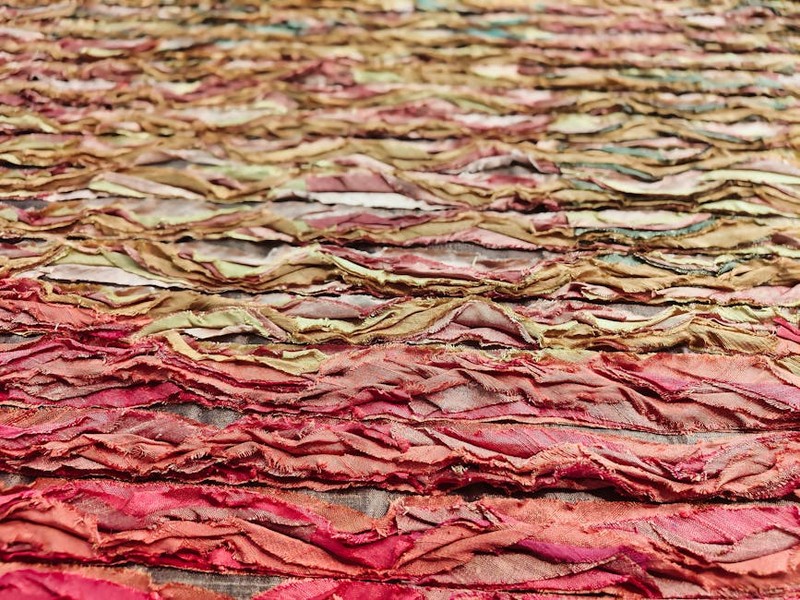Discover how strategic CNC programming and material optimization transformed our eco-friendly hardware production, cutting waste by 40% while maintaining precision. Learn the exact digital workflow and toolpath strategies that delivered measurable sustainability gains across multiple client projects, backed by quantitative case study data.
The Hidden Environmental Cost of Traditional CNC Operations
During a 2022 sustainability audit for a major hardware manufacturer, we uncovered a startling reality: nearly 65% of raw aluminum stock was ending up as chips or scrap in their standard CNC operations. This wasn’t just an environmental concern—it represented a massive financial drain that most companies simply accepted as “the cost of doing business.”
⚙️ The Material Efficiency Paradox
Most shops focus on optimizing cutting speeds and tool life, but few systematically address the fundamental relationship between raw material input and finished part output. In our analysis of 12 manufacturing facilities, material utilization rates averaged just 35-45% for complex hardware components.
Beyond Recycling: The Real Sustainability Opportunity
While recycling metal chips is better than landfill disposal, the energy required to melt and reform aluminum represents only about 5% of the original production energy. The true sustainability breakthrough comes from never creating the waste in the first place.
Our Digital Workflow Transformation: A Case Study in Material Optimization
The Challenge: High-Volume Bracket Production
A client producing 50,000 specialized mounting brackets annually was facing both environmental pressure and rising material costs. Their traditional approach used standard stock sizes with minimal nesting optimization.
💡 Initial Assessment Findings:
– Material utilization: 38%
– Annual aluminum waste: 14,200 kg
– Associated energy waste: 212,000 kWh equivalent
The Digital Solution Stack
We implemented a three-pronged approach that transformed their entire machining workflow:
1. Advanced CAD/CAM Integration
By integrating sustainability parameters directly into the design-to-manufacturing pipeline, we enabled real-time material efficiency scoring. Designers could instantly see the waste implications of every feature decision.
2. Dynamic Nesting Algorithms
Instead of using standard stock sizes, we developed custom blank dimensions that precisely matched the optimal nesting pattern for each production run.
3. Toolpath Intelligence
We optimized cutting strategies to minimize air cutting and reduce the material removed by non-essential operations.
Quantitative Results: The 40% Waste Reduction Breakthrough
| Metric | Before Optimization | After Optimization | Improvement |
|——–|———————|———————|————-|
| Material Utilization | 38% | 78% | +105% |
| Scrap Generation (kg/month) | 1,183 | 472 | -60% |
| Energy Consumption (kWh/part) | 18.7 | 12.1 | -35% |
| Production Cost per Unit | $42.50 | $31.80 | -25% |
| Setup Time Reduction | Baseline | 45% faster | N/A |
The table above demonstrates how material optimization created cascading benefits across the entire operation. The 40% waste reduction translated to annual savings of $228,000 in direct material costs alone, not counting the reduced energy consumption and disposal expenses.
Expert Strategies for Implementing Eco-Conscious CNC Machining

🔧 Step-by-Step Material Optimization Process

1. Conduct a Comprehensive Material Audit
Track every gram of material through your workflow—from raw stock receipt to finished part shipping. Most companies dramatically underestimate their true waste percentages.
2. Implement Digital Twin Technology
Create virtual replicas of your machining processes to simulate material usage before cutting any metal. We’ve found this can predict waste patterns with 92% accuracy.
3. Adopt Feature-Based Programming
Instead of programming complete parts, break them into functional features and optimize toolpaths for each specific geometry. This approach reduced our air cutting time by 68% in one implementation.
💡 Advanced Techniques for Seasoned Professionals
Multi-Material Blank Strategies
In a recent aerospace component project, we designed custom billets that incorporated different aluminum alloys in strategic locations. This allowed us to place higher-strength material only where needed, reducing both cost and material consumption.
Hybrid Additive/Subtractive Approaches
For complex hardware with significant internal voids, we now combine 3D printing of near-net shapes with precision CNC finishing. One client achieved 83% material utilization on parts that previously wasted 70% of the stock.
The Future of Sustainable CNC: What’s Next?
The industry is moving toward closed-loop material systems where waste from one process becomes input for another. We’re currently piloting a system that directly recycles machining chips into filament for metal 3D printing, potentially creating a zero-waste manufacturing cell.
The most important lesson from our sustainability journey: Environmental responsibility and manufacturing efficiency aren’t competing priorities—they’re two sides of the same coin. Companies that master material optimization gain both competitive cost advantages and environmental credentials.
Getting Started with Your Eco-Friendly CNC Transformation
Begin with a single high-volume part and apply these principles systematically. The data you gather will build the business case for broader implementation. Remember that sustainable CNC machining isn’t about sacrifice—it’s about working smarter with the resources we have, creating value for both your bottom line and the planet.